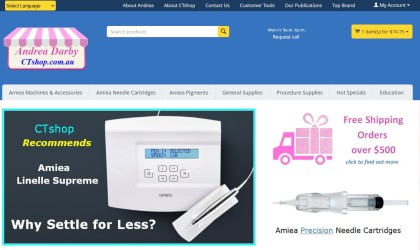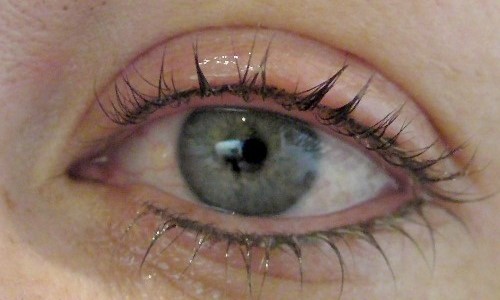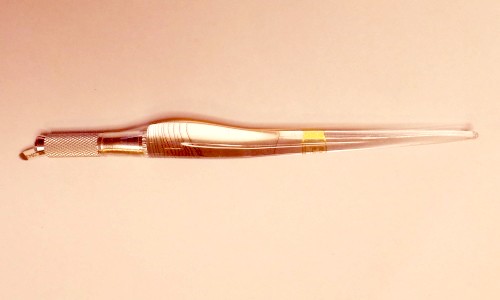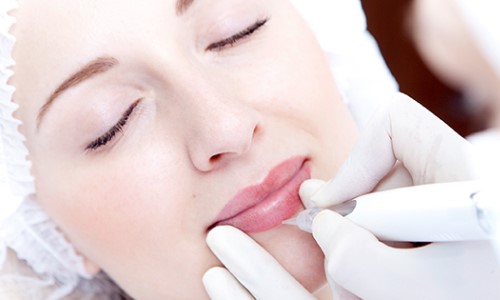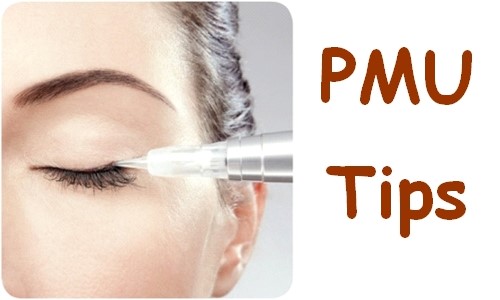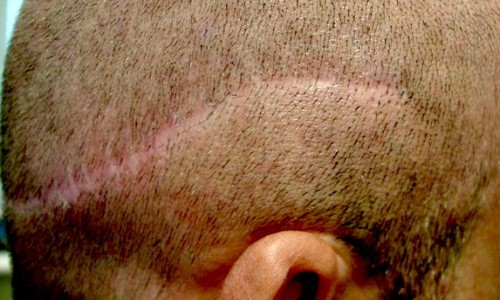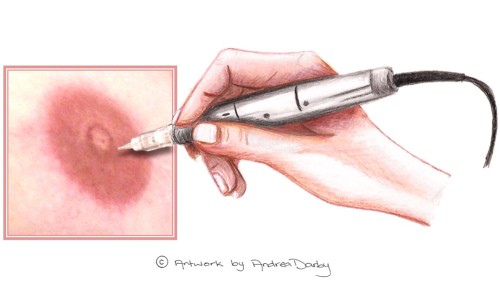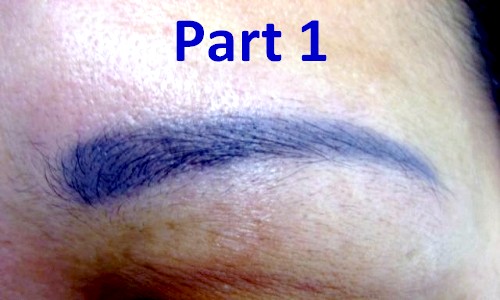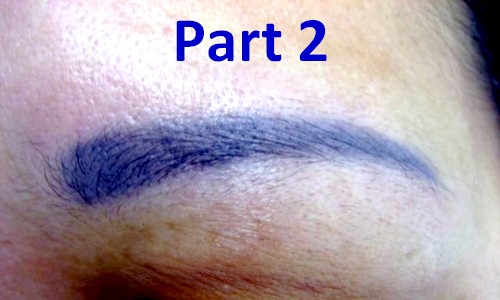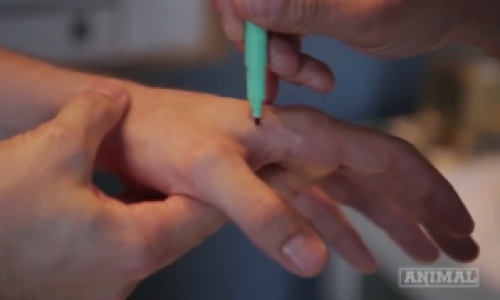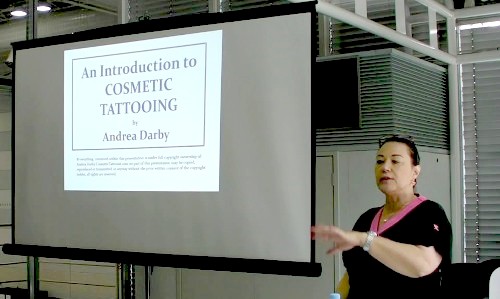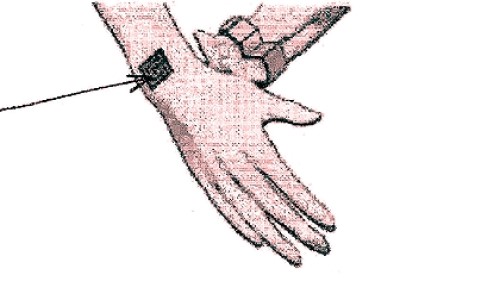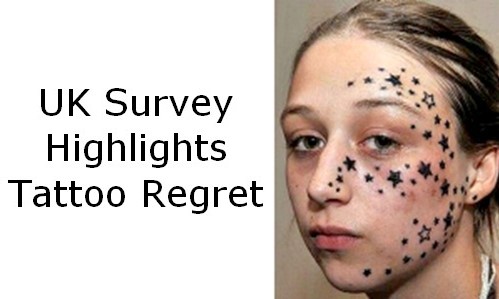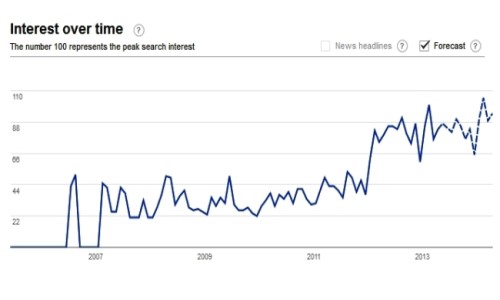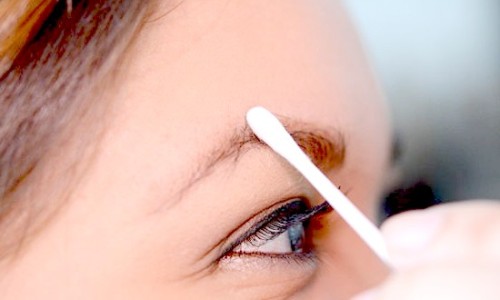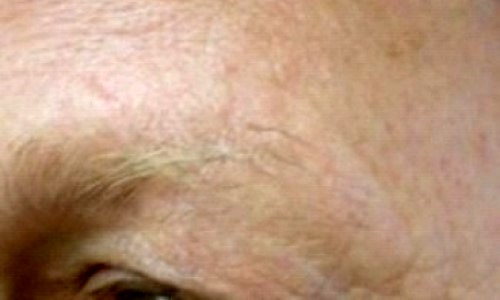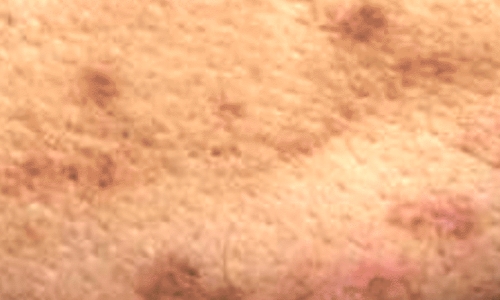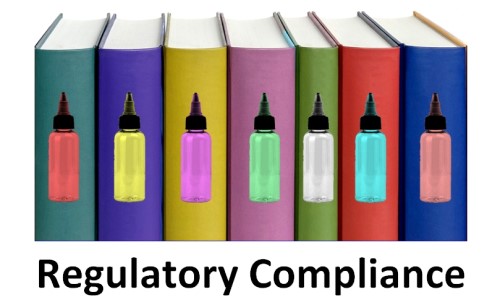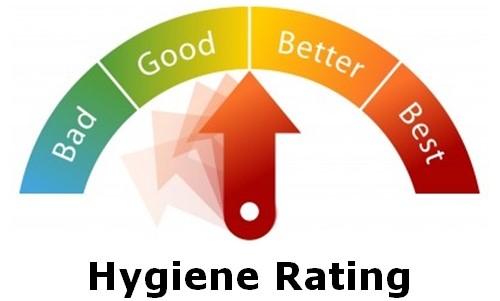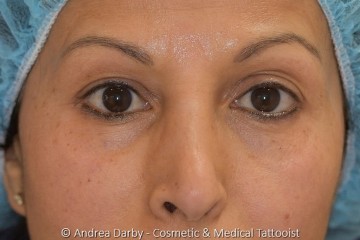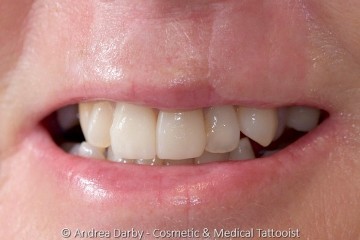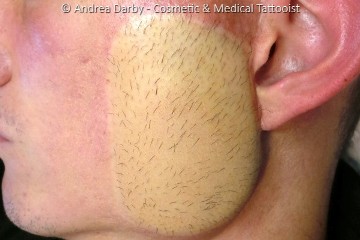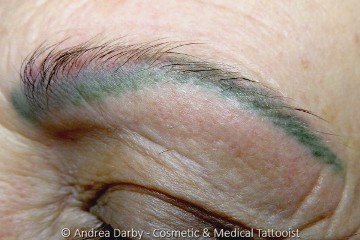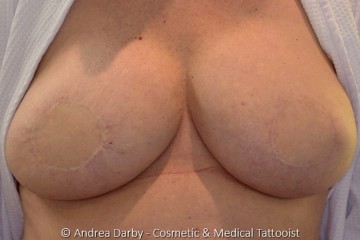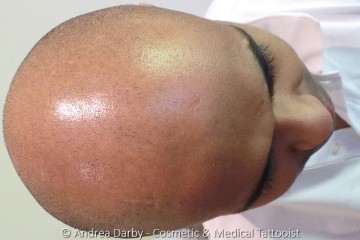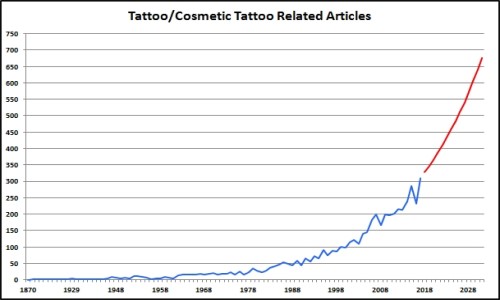|
Health regulators in several countries such as
Australia, the UK, USA etc seem to be taking a disparate view of MicroBlading services
from state to state, some are considering or applying very restrictive requirements whilst others seem to be of the opinion that MicroBlading is exempt from the definitions utilised for existing tattoo regulations. This situation creates a uncertainty and concern for the professionally trained and experienced cosmetic tattooists
particularly throughout the United States due to the lack of uniformity of regulations and the perception that stricter regulations in some states may exclude professionally trained cosmetic tattooists from providing MicroBlading services and lack of regulations in other states may result in a public health risk.
I have had numerous requests from cosmetic tattoo technicians within the United States who have requested assistance with communicating their concerns to their local health regulators, this discussion paper seeks to shed light on the major topics and to clarify some important issues to assist both the cosmetic tattoo technicians and the health regulators to understand their respective concerns.
Similar challenges are occurring within Australia with health regulators
sometimes imposing starkly different requirements on service providers if
different locations even within the same state or territory depending on the
policies of local councils.
Some of the problems related to the application of health regulations arises due to misinterpretation/misrepresentation of key issues, new entrants to the cosmetic tattoo industry may lack appropriate training and facilities to comply with existing tattoo regulations in their location which can result in misinformation being provided to environmental health officers who may be unfamiliar with MicroBlading services. To clarify some of the important topics that have emerged during discussions between health regulators and cosmetic tattoo technicians we provide reliable information in a Question and Answer format below.
Q: Does MicroBlading Actually Involve The Use of a Blade?
A: We know that this is a topic that has been of particular concern for some the regulators because of the potential for services to encroach on areas of medical practice, a variety of names are being used to describe this particular service such as MicroBlading, Micro-Stroking, Feather Touch, Hair Like Strokes, eyebrow embroidery and a variety of other terms. If health regulators have concerns about the tools being used for tattoo services we suggest that they focus on the tools being used rather than the service name because new names are constantly being created by technicians in order to differentiate their services and the names used may not be accurately descriptive of the tools or the service itself.
In the overwhelming majority of circumstances MicroBlading does not involve the use of an actual blade, MicroBlading is performed using a hand tool with an attached needle group manufactured in a linear profile which may have a slope, curve or U shape.

Typical MicroBlade Needle Profiles
It is important to stress that linear needle groupings are not new feature in the field of traditional body art or in cosmetic tattooing, sloped, flat, curved and semicircular profiles have been available for mechanical or hand tool equipment long before the term MicroBlading was ever used. Below is a close up photograph of a MicroBlading needle group showing that it is indeed a needle NOT a blade.
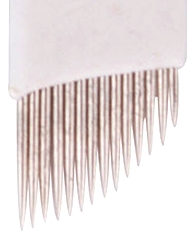
MicroBlade Needles Close-up
We are aware that a relatively small number of technicians have experimented with the use of diamond blade scalpels and other bladed tools for the purpose of performing MicroBlading and are conscious of the potential service cross over with the use of this type of tool for a tattoo procedures.
Recommendation: In locations where health regulators have concerns about the use of scalpels and actual blades to perform tattoo services we suggest that regulators focus on restrictions related to the use of specific tools rather than limiting the range of services offered by tattooists, historically the legal challenges that have occurred by tattooists in the USA appear to be focused on First Amendment protection afforded to of the act of tattooing itself rather than the right to utilise specific tools for the service.
Q: Why Are Some Health Regulators Stating that MicroBlading Might Not Be Covered by Existing Tattoo Regulations?
A: Given the legal challenges that have occurred in the USA it is understandable that health regulators are being cautious about applying health codes to a service if it appears that the service itself does not meet with the definitions within their existing legislation as it is likely they would face a legal challenge at some point.
For example on the 29th of December 2015 the U.S. Court of Appeals for the 11th Circuit overturned a District Court ruling against a Florida tattooist named Brad Buehrle which was blocking his application to open a tattoo shop in the city's historic district1, whilst the district court had agreed that tattooing constitutes artistic expression protected by the First Amendment the court nevertheless found that the ordinance to be a reasonable time, place, and manner restriction, however the 11the circuit reversed the summary judgment because, the court found that, "the City has failed to show that the ordinance is a reasonable time, place, and manner restriction".
Damon Root the senior editor of Reason magazine has published a very nice summary of the progressive legal challenges within the United States that have been shaping the legal framework for tattooists and their local regulators, we suggest that cosmetic tattoo technicians and health regulators read Damon's article Tattoos vs. the State to gain a quick overview of the legal challenges that have occurred to date and the reasons why they have occurred2. Regulators may care to make note of the fact that in the majority of cases tattooists are raising legal challenges because they have been prevented from providing services altogether or because they have been prevented from providing services in particular location not because they wish to escape the validity of sensible health regulations.
Overwhelmingly the majority of professionally trained body art tattooists and cosmetic tattooists consider health regulations applicable to tattoo services to be essential not only to protect public health but also for the credibility and survival of the tattoo industry as a whole.
As mentioned part of the problem may relate to misinterpretation of the nature of MicroBlading services in determining if the service is captured by existing health control legislation, the following questions drill down to some of the central issues.
Q: Does MicroBlading Create an Indelible Mark?
A: One of the aspects that health regulators appear to be focused on in determining if MicroBlading is captured within their tattoo regulations is the degree of Permanency (is it indelible).
It is important to be aware that all forms of tattoo will fade over time and all forms of tattoo 'might' remain visible even with fading, this includes body art, makeup tattooing, and MicroBlading, the only difference between the three is the likely time frame between refresh treatments being required.
- No form of tattooing (MicroBlading included) can absolutely guarantee that the pigment will completely fade away within a given time frame.
- No form of tattooing (body art included) can guarantee that fading will not occur and refresh treatments will not be required.
Therefore any interpretation that MicroBlading may not be 'indelible' is completely moot because no form of tattooing lasts forever unchanged, it is more a case of how long before refresh tattooing will be required to keep the tattoo looking optimal.
Perhaps the most important question for health regulators is should health regulations related to any form of skin penetration services be predicated on the basis of time frame between re-treatments?
and
What would be the rationale for providing LESS regulatory requirements in circumstances where MORE skin penetration services are being provided?
e.g. with MicroBlading there are likely to be substantially more skin penetration services occurring due to the shorter time frame between refresh treatments.
Therefore from a public health perspective it would be a completely flawed rationale to predicate the application of regulations on the basis of permanency (indelible), the focus should only be upon those aspects within the nature of the service which are likely to present a risk to public health.
Q: From a Health Regulation Perspective Which Aspects of the MicroBlading Service Should Health Regulators be Focused On?
A: The same issues that pertain to any tattoo service;
- Potential risks associated with skin penetration3 -
Salon Acquired Infections, transmission of blood borne pathogens, post procedure infections.
- Potential risks associated with the implantation of colourants into the skin - Short term or long term localised skin reactions, systemic effects.
- Risks to the service provider - are standard precautions being observed and is
personal protective equipment being utilised.
The same procedural risks apply to MicroBlading as would apply to any form of tattoo service therefore it makes sense to utilise existing health regulations to control the provision of the service.
Q: Does MicroBlading Implant Pigment in the Dermis or the Epidermis?
A: Some technicians have been claiming that they are only implanting pigment in the epidermis not the dermis, we address that claim with the following points;
- We have not seen any scientific evidence that would support the suggestion that pigment implanted in the epidermis would last any longer than the 4-6 week keratinization cycle, it would be incumbent on the persons making those types of claims to provide independent scientific proof. It is possible that pigment in the basal layer might have some longevity beyond 4-6 weeks but we would need some reliable studies to establish this.
- A Punch biopsy showing pigment in the basal layer of the epidermis is not necessarily evidence of implantation or permanency of pigment in this layer because it is likely that pigment in upper portion of the papillary dermis is being expelled/sloughed periodically after tattooing both in the short term and the longer term.
- A single/series biopsy could catch pigment that is just passing through (much like taking a photograph of a roadway you might capture people crossing the road but that is not necessarily where they are most of the time), the illustration below highlights this point. A biopsy time series over several months would probably be required to establish the degree of permanency for pigment implanted in the basal layer of the epidermis.
Just the same as any other foreign body the skin will have the tendency to attempt to expel foreign material that is close to papillary-basal juncture.
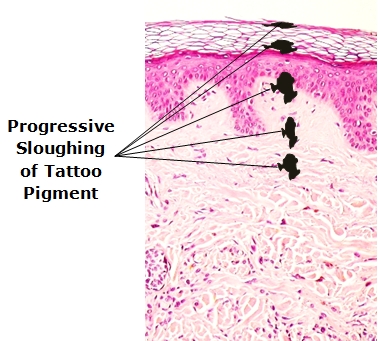
Pigment Sloughing
- Even if a MicroBlading technician was capable of implanting most of the pigment in the epidermis it would be impossible to guarantee that the dermis was not penetrated during the procedure. Average epidermal depth varies depending on body part, age, sex and ethnicity, it also varies from person to person within those groups.
The suggestion by any technician that they are capable of;
(1) knowing the epidermal depth of each clients skin.
and
(2) preventing penetration into the dermis (control over depth measurements to degrees such as 0.05mm) using nothing but hand pressure, this would be an extraordinary claim and would require proof for regulators to place any credence in the claim.
The same health risks apply MicroBlading as for any tattoo service therefore from a public health perspective exercising no regulatory control over the service based upon arguments related to the depth of implantation would be a flawed rationale because skin penetration is still occurring.
Q: Does Changing the Name or Using a Different Tool Make a Tattoo Service Not a Tattoo Service?
A: Simply adopting the use of a different tool or using a different name does not change the nature of the service i.e. penetrating the skin and implanting pigment into the skin, that is by definition a tattoo.
It is the act of skin penetration and implantation of colourants into the skin that defines the act of tattooing NOT the terminology used to describe the service, the tool, or the time frame between refresh procedures. If regulators permit themselves to be bamboozled by the name used to describe the service, the tools used, or wordplay with definitions such as 'indelible' then it is likely that people will use similar tactics to bypass health regulations in other ways in the future.
Q: What are the Risks of not Applying Tattoo Regulations to MicroBlading Services?
A: Most countries have well established risk analysis data related to the act of conventional tattooing and cosmetic tattooing services, currently very little data is available specifically related to MicroBlading services. We would suggest that if the health regulators conducted a risk analysis they might conclude that the public health risk is the same as for other forms of tattooing except for two important areas;
- Sometimes lower standards of training for the technicians particularly in the areas of hygiene practices, not all MicroBlading technicians have completed the same standard of training as is provided in core competency courses for body artists and cosmetic tattooists.
- Greater risk of fomite mediated cross contamination with reuse of hand tools due to the direct connection between the needle and the hand tool, lack of hygiene barriers, locations on the hand tool that could harbour reservoirs of micro-organisms (threads, collars, textured surfaces, ornamental surfaces etc).
For further information on the two points above we suggest that health regulators read our article
MicroBlading First Things First,4 these risks are easily managed by ensuring that the technicians providing MicroBlading services have completed core competency training5.
- Tattooing of Minors: Could MicroBlading services be provided to minors? - If regulators determine that MicroBlading is not covered under tattoo regulations then they may create a legal dilemma for law enforcement related to the tattooing (MicroBlading) of minors by inadvertently creating a legal argument for those who may be tempted to engage in this type of activity.
- BBCD Risks: The studies that we have examined comparing the prevalence of Blood Borne Communicable Diseases within tattooed populations as compared to those without tattoos when viewed as a collected body of research do not seem to show a conclusive increase in prevalence6,7, with the exception of incarcerated populations. For example studies related to Tattoos provided in prison settings may show a correlation with an increase in prevalence of diseases such as Hepatitis C even after excluding other risk factors such as history of IV drug use8.
We can conclude from this that in circumstances where tattoos are provided without the normal procedural standards imposed by health regulations for tattooing the recipients of those tattoos may be at increased risk of transfer of Blood Borne Communicable Diseases.
It goes without saying that tattoo regulations are in place for a reason.
- Service Location: If health regulators conclude that MicroBlading is not captured by tattoo regulations then would this mean that MicroBlading services can be provided in any location e.g. Nail Bars, Hair Salons, Waxing Salons, Veterinary Clinics, Flower Shops, Local Parks etc?
- Sterility of Supplies: If health regulators conclude that MicroBlading is not captured by tattoo regulations then is it possible that some may incorrectly interpret this to mean that pigments, needles and other supplies are not covered by standard tattooing requirements and therefore do not need to be sterile?
- Record Keeping: If health regulators conclude that MicroBlading is not captured by tattoo regulations then would this mean that the technicians do not need to keep client records and if so how would health regulators track down members of the public who may be affected by a cross contamination event?9
Conclusion
If health regulators do not make the obvious decision to regulate and control MicroBlading services under the existing regulatory requirements pertaining to skin penetration/tattooing they are either likely to be dealing with public health consequences further down the track or to cause their states an unnecessary legislative burden by attempting to recreate that which in most locations already exists 'tattoo regulations'.
Equally MicroBlading technicians who seek to misrepresent the service by claiming it is not a tattoo, or engaging in wordplay with definitions or name changes might trigger some states to introduce stricter regulations e.g. restricting MicroBlading to medical personnel only.
MicroBlading is tattooing and it is in the best interests of all parties to accept that fact, lets not complicate things by pretending otherwise.
References
- IN THE UNITED STATES COURT OF APPEALS FOR THE ELEVENTH CIRCUIT. No. 14-15354. D.C. Docket No. 4:13-cv-10103-JEM. BRAD BUEHRLE versus CITY OF KEY WEST.
- Damon Root. Tattoos vs. the State. Reason magazine June 2016.
- D. Darby RN, & Andrea Darby MT. Potential Causes of Nosocomial Type Infections in the Salon-Clinic Setting. CTshop.com.au Educational Articles 24/04/2013 inc revisions
- D. Darby RN, & Andrea Darby MT. MicroBlading - First Things First. CTshop.com.au Educational Articles 18/02/2016 inc revisions
- D. Darby RN, & Andrea Darby MT. Cosmetic Tattoo Training Standards. CTshop.com.au Educational Articles 01/05/2016 inc revisions
- Urbanus AT, van den Hoek A, Boonstra A, van Houdt R, de Bruijn LJ, Heijman T, Coutinho RA, Prins M. People with multiple tattoos and/or piercings are not at increased risk for HBV or HCV in The Netherlands. PLoS One. 2011;6(9):e24736. doi: 10.1371/journal.pone.0024736. Epub 2011 Sep 14.
- de Nishioka SA, Gyorkos TW, Joseph L, Collet JP, MacLean JD. Tattooing and transfusion-transmitted diseases in Brazil: a hospital-based cross-sectional matched study. Eur J Epidemiol. 2003;18(5):441-9.
- Hellard ME, Aitken CK, Hocking JS. Tattooing in prisons--not such a pretty picture. Am J Infect Control. 2007 Sep;35(7):477-80.
- Stefano Giulieri, Benoit Morisod, Timothy Edney, Micaela O¨ dman, Daniel Genne´, Raffaele Malinverni, Catherine Hammann, Enrico Musumeci, Cathy Voide, Gilbert Greub, Eric Masserey, Jacques Bille, Matthias Cavassini, and Katia Jaton. Outbreak of Mycobacterium haemophilum Infections after Permanent Makeup of the Eyebrows. Clin Infect Dis. (2011) 52 (4): 488-491.
Date of most recent revision:
21/05/2016 (mutatis mutandis)
Original publication date:
18/05/2016
Copyright © 2016
CTshop.com.au & the article author All Rights Reserved. No copying, transmission or reproduction of site content is permitted without our prior written consent.
Disclaimer: The content of this article should be regarded as general information & is provided solely for the purpose of discussion & is not intended to replace cosmetic tattoo training or medical advice in any instance, always check with a cosmetic tattoo master trainer and or a qualified medical practitioner before acting on any information regarding cosmetic tattooing or in relation to any medical condition or medical circumstance.
Printing Restriction: This article is print disabled, please read our Intellectual Property & Copyright Policies if you would like to request a copy or permission to use the article content for any purpose.
 |







